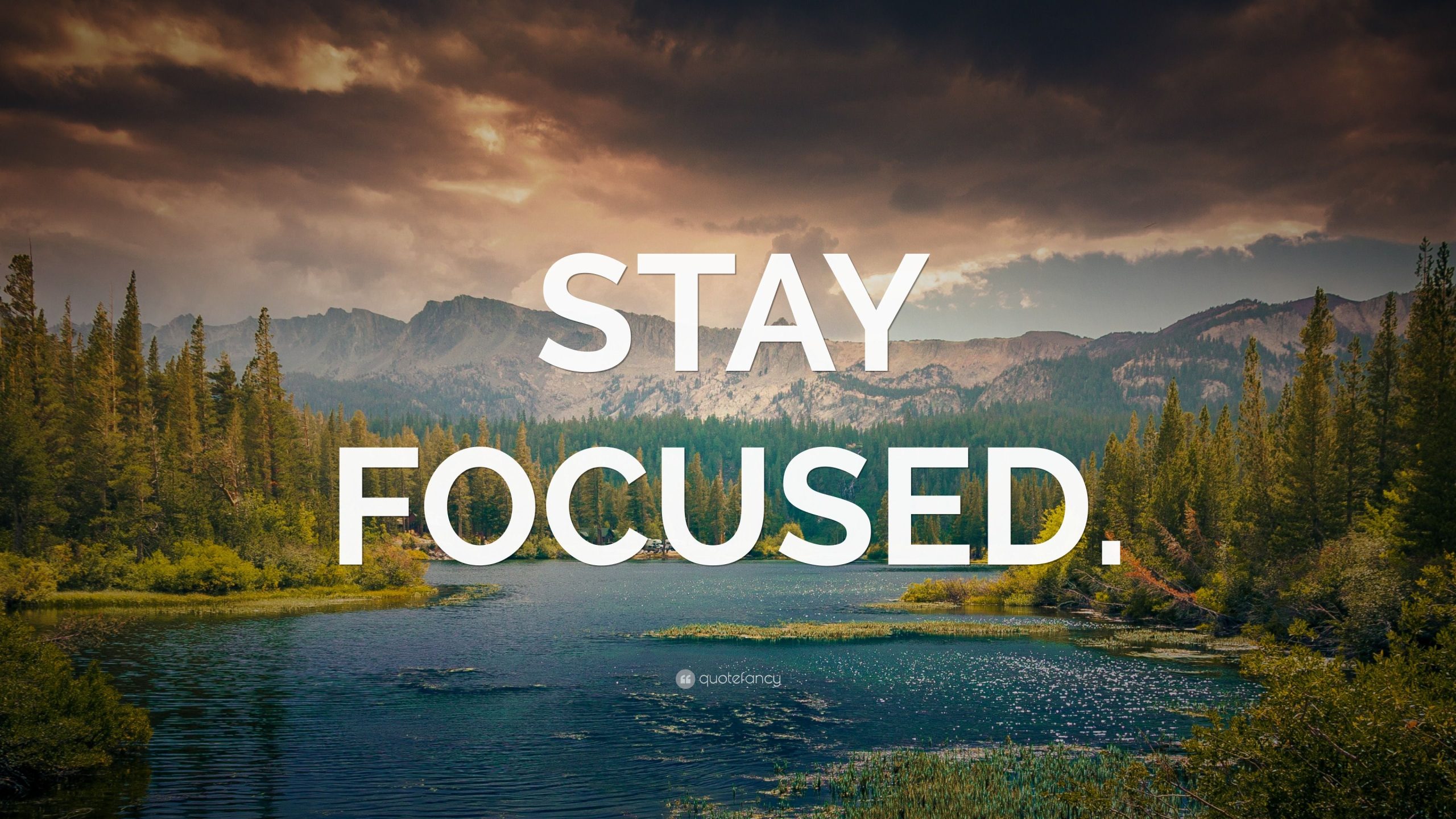
Iceland, a land forged by volcanoes and sculpted by glaciers, is a destination unlike any other. From the otherworldly landscapes of the Snaefellsnes Peninsula to the ethereal glow of the Northern Lights, Iceland promises an adventure that will stay with you long after you’ve returned home. But planning a trip to this Nordic nation can be daunting. Where should you stay? What should you see? When is the best time to visit? This comprehensive guide will answer all your questions and help you craft the perfect Icelandic itinerary.
Top Attractions: A Symphony of Natural Wonders
Iceland’s main draw is undoubtedly its breathtaking natural beauty. Here are some of the must-see attractions:

Related Articles about Iceland: A Land of Fire and Ice – Your Guide to the Ultimate Adventure:
- Slovenia: A Jewel Box of Europe – Your Comprehensive Travel Guide
- Chasing the Golden Gate: Your Ultimate Guide to Affordable Adventures in San Francisco
- Edinburgh: A City of Castles, Culture, and Timeless Charm
- La Dolce Vita Awaits: Unveiling Italy’s Top Attractions and Your Ultimate Travel Guide
- Cairo: A Timeless Tapestry of Wonders – Your Ultimate Guide to the City of a Thousand Minarets
-
The Golden Circle: This iconic route showcases three of Iceland’s most famous sights:
- Þingvellir National Park: A UNESCO World Heritage Site where the North American and Eurasian tectonic plates meet, offering dramatic landscapes and significant historical importance as the site of Iceland’s first parliament.
- Geysir Geothermal Area: Home to Strokkur, a geyser that erupts every 5-10 minutes, shooting boiling water high into the air.
- Gullfoss Waterfall: A powerful and majestic two-tiered waterfall that thunders down into a rugged canyon.
-
The South Coast: A mesmerizing stretch of coastline dotted with black sand beaches, dramatic cliffs, and stunning waterfalls:
- Seljalandsfoss: A waterfall you can walk behind, offering a unique perspective and unforgettable photo opportunities.
- Skógafoss: A powerful waterfall with a legend of hidden treasure at its base.
- Reynisfjara Black Sand Beach: Home to basalt columns, sea stacks, and the impressive Dyrhólaey arch, offering a dramatic and otherworldly landscape.
- Jökulsárlón Glacier Lagoon: A surreal landscape where icebergs calve from the Breiðamerkurjökull glacier and drift serenely towards the sea.
- Diamond Beach: Located next to Jökulsárlón, where icebergs wash ashore, creating a sparkling display against the black sand.
-
The Blue Lagoon: A geothermal spa renowned for its milky blue water, rich in silica and minerals, offering a relaxing and rejuvenating experience. (Note: Reservations are essential).
-
The Northern Lights (Aurora Borealis): A celestial display of dancing lights, visible during the winter months (September to April), a truly magical experience.
-
The Snaefellsnes Peninsula: Often referred to as "Iceland in Miniature," this peninsula offers a diverse range of landscapes, including glaciers, lava fields, black sand beaches, and charming fishing villages. Kirkjufell mountain is a particularly iconic landmark.
-
Whale Watching Tours: Iceland’s waters are teeming with marine life, offering opportunities to spot whales, dolphins, and porpoises from various locations around the island.
-
Hiking and Glacier Hiking: Explore Iceland’s stunning landscapes on foot with numerous hiking trails for all levels, or experience the thrill of walking on a glacier with a guided tour.
-
The Westfjords: A remote and rugged region in northwest Iceland, offering breathtaking scenery, dramatic fjords, and abundant wildlife.

A Brief History: From Vikings to Modernity
Iceland’s history is as captivating as its landscape. Settled by Norse Vikings in the 9th century, the island developed its own unique culture and traditions. The Althing, established in 930 AD at Þingvellir, is considered the world’s oldest parliament. Iceland endured centuries of Norwegian and Danish rule before finally gaining independence in 1944. Today, Iceland is a modern and prosperous nation with a rich cultural heritage.
Travel Tips for a Smooth Icelandic Adventure
- Book Accommodation and Tours in Advance: Especially during peak season (summer and winter), booking ahead is essential to secure your preferred choices.
- Pack Appropriately: The Icelandic weather is notoriously unpredictable. Pack layers, waterproof and windproof outerwear, sturdy hiking boots, and warm accessories.
- Rent a Car (Recommended): While organized tours are available, renting a car provides the flexibility to explore at your own pace and reach remote areas.
- Download Offline Maps: Cell phone service can be unreliable in some areas, so download offline maps and translation apps.
- Respect Nature: Iceland’s environment is fragile. Stay on marked trails, avoid disturbing wildlife, and dispose of trash responsibly.
- Learn Basic Icelandic Phrases: While English is widely spoken, learning a few basic phrases will enhance your experience and show respect for the local culture.
- Be Prepared for All Types of Weather: The weather in Iceland can change quickly and dramatically. Check the forecast regularly and be prepared for all conditions.
- Be Mindful of the Daylight Hours: During the winter months, daylight hours are limited. Plan your activities accordingly and be prepared to drive in the dark.
- Purchase a Data Plan or SIM Card: Staying connected is essential for navigation, communication, and accessing information.
- Learn About Icelandic Culture and Traditions: Understanding Icelandic culture will enrich your travel experience and help you appreciate the unique character of the country.
Where to Stay: Accommodation Options Across Iceland
Iceland offers a diverse range of accommodation options to suit every budget and preference:
-
Reykjavik: The capital city offers the widest selection of hotels, guesthouses, apartments, and hostels. This is a great base for exploring the Golden Circle and the South Coast.
- Luxury: The Retreat at Blue Lagoon Iceland, Hotel Borg by Keahotels, Tower Suites Reykjavik.
- Mid-Range: Canopy by Hilton Reykjavik City Centre, Kvosin Downtown Hotel, Apotek Hotel by Keahotels.
- Budget: Bus Hostel Reykjavik, Kex Hostel, Galaxy Pod Hostel.
-
The Golden Circle Area: Staying near the Golden Circle allows you to experience the area’s natural wonders at your own pace.
- Hotel Ranga: A luxury hotel known for its Northern Lights observatory and stargazing opportunities.
- Ion Adventure Hotel: A stylish and modern hotel with stunning views of Þingvellir National Park.
- Golden Circle Apartments: Self-catering apartments offering flexibility and convenience.
-
The South Coast: Staying along the South Coast allows you to explore the area’s waterfalls, black sand beaches, and glacier lagoons.
- Hotel Katla Hofdabrekka: A comfortable hotel near Vik with stunning views of the surrounding landscape.
- Fosshotel Glacier Lagoon: A modern hotel near Jökulsárlón Glacier Lagoon, offering breathtaking views.
- Gerði Guesthouse: A cozy guesthouse near Vik, offering a warm and welcoming atmosphere.
-
Akureyri (North Iceland): The "Capital of the North" offers a good selection of hotels, guesthouses, and apartments, making it a great base for exploring the region’s attractions.
- Hotel Kea by Keahotels: A centrally located hotel in Akureyri with stunning views of the fjord.
- Icelandair Hotel Akureyri: A modern hotel with comfortable rooms and a convenient location.
- Akureyri Backpackers: A budget-friendly hostel with a social atmosphere.
-
Other Regions:
- Westfjords: Guesthouses and farm stays offer a unique and authentic experience in this remote region.
- East Iceland: A selection of hotels, guesthouses, and campsites are available in towns and villages along the coast.
- Snaefellsnes Peninsula: Various accommodation options are available in towns like Stykkishólmur and Arnarstapi.
-
Camping: Camping is a popular and affordable way to experience Iceland’s natural beauty. Numerous campsites are available throughout the country, offering basic facilities.
-
Farm Stays: Immerse yourself in Icelandic culture by staying on a working farm, offering a unique and authentic experience.
-
Vacation Rentals: Renting a house or apartment through Airbnb or other platforms can be a great option for families or groups.
Transportation: Getting Around the Land of Fire and Ice
- Rental Car: The most popular and convenient way to explore Iceland, allowing you to travel at your own pace and reach remote areas. 4×4 vehicles are recommended for driving on F-roads (mountain roads) during the summer months.
- Bus: Public buses operate between major towns and cities, but service can be limited, especially in rural areas.
- Organized Tours: A convenient option for those who prefer not to drive, offering guided tours to popular attractions.
- Domestic Flights: Flights are available between Reykjavik and other towns, such as Akureyri and Egilsstaðir, saving time and offering stunning aerial views.
Best Time to Visit: Choosing Your Icelandic Adventure
The best time to visit Iceland depends on your priorities:
- Summer (June-August): The warmest months with long daylight hours (nearly 24 hours of daylight in late June), ideal for hiking, camping, and exploring the highlands. This is also the peak season, so expect higher prices and more crowds.
- Winter (November-March): The best time to see the Northern Lights, with dark nights and snow-covered landscapes. Activities include ice caving, glacier hiking, and winter tours. Be prepared for shorter daylight hours and challenging driving conditions.
- Shoulder Seasons (April-May & September-October): Offer a balance of good weather, fewer crowds, and lower prices. These months are ideal for seeing the Northern Lights and enjoying outdoor activities.
In conclusion, Iceland is a destination that truly has something for everyone. Whether you’re seeking adventure, relaxation, or cultural immersion, Iceland will captivate you with its breathtaking landscapes, unique history, and warm hospitality. By carefully planning your trip and choosing the right accommodation, transportation, and time to visit, you can create an unforgettable Icelandic adventure.





